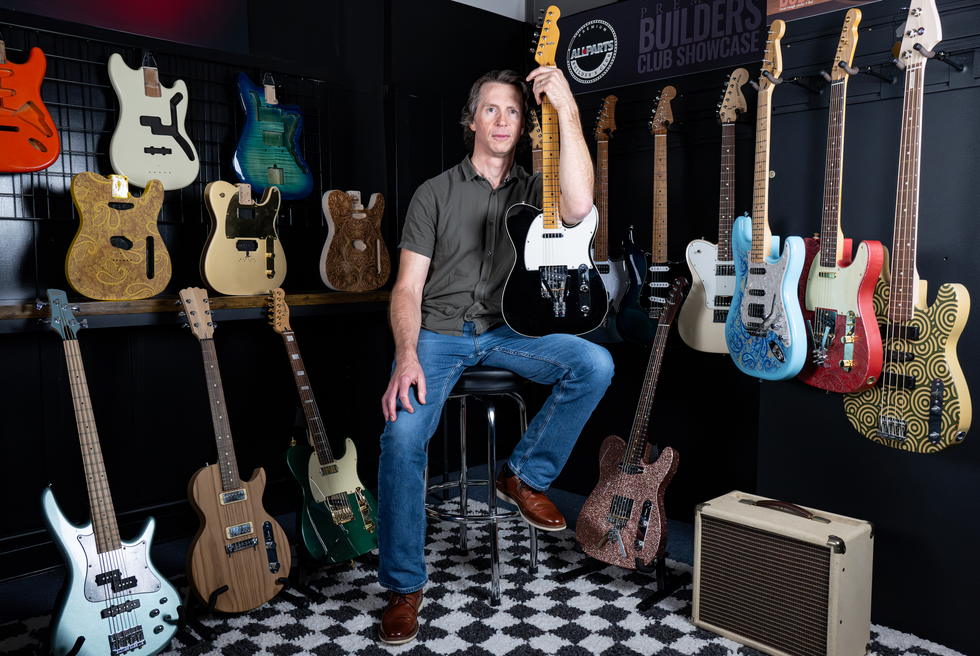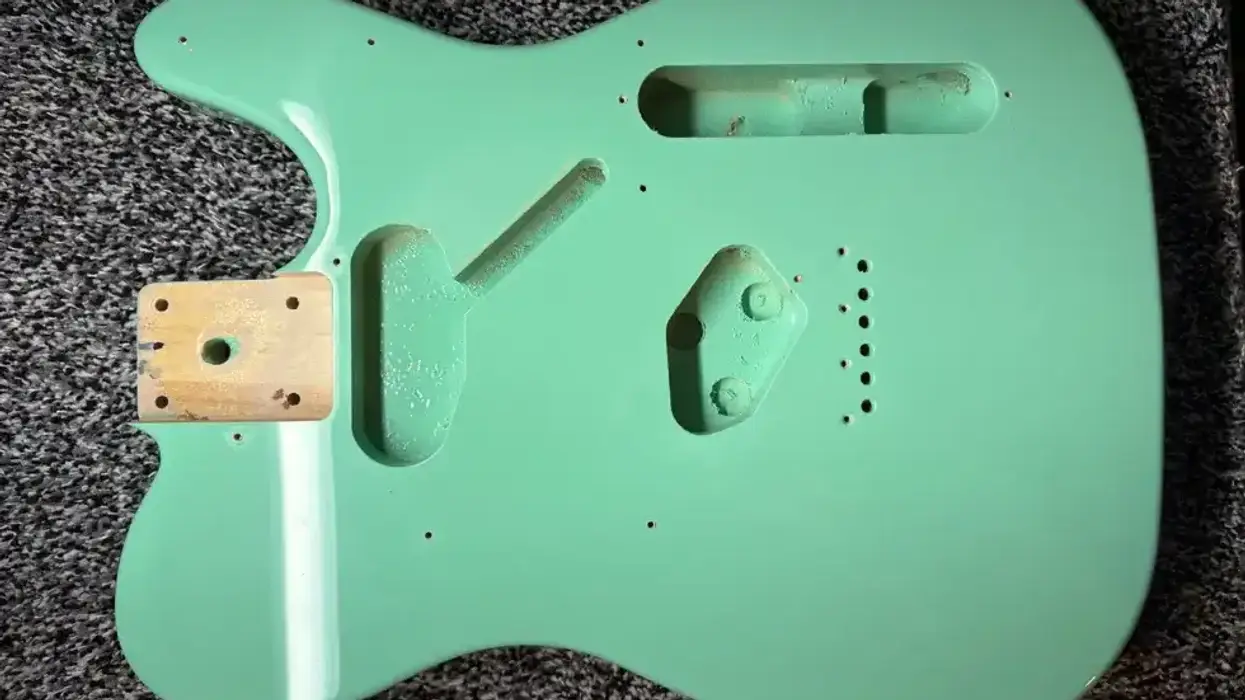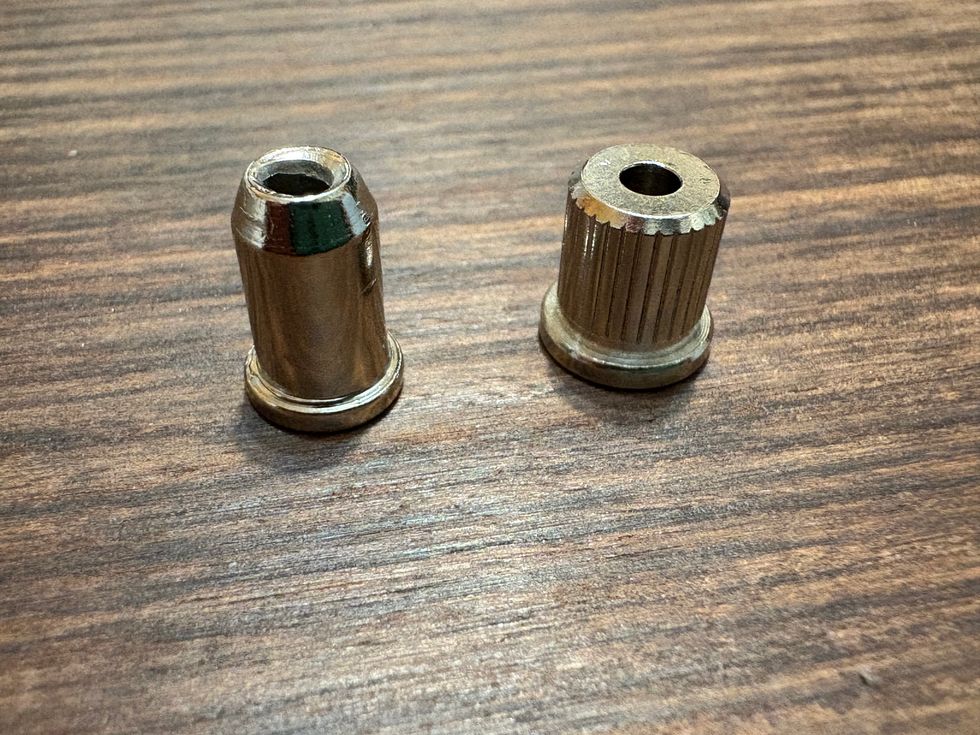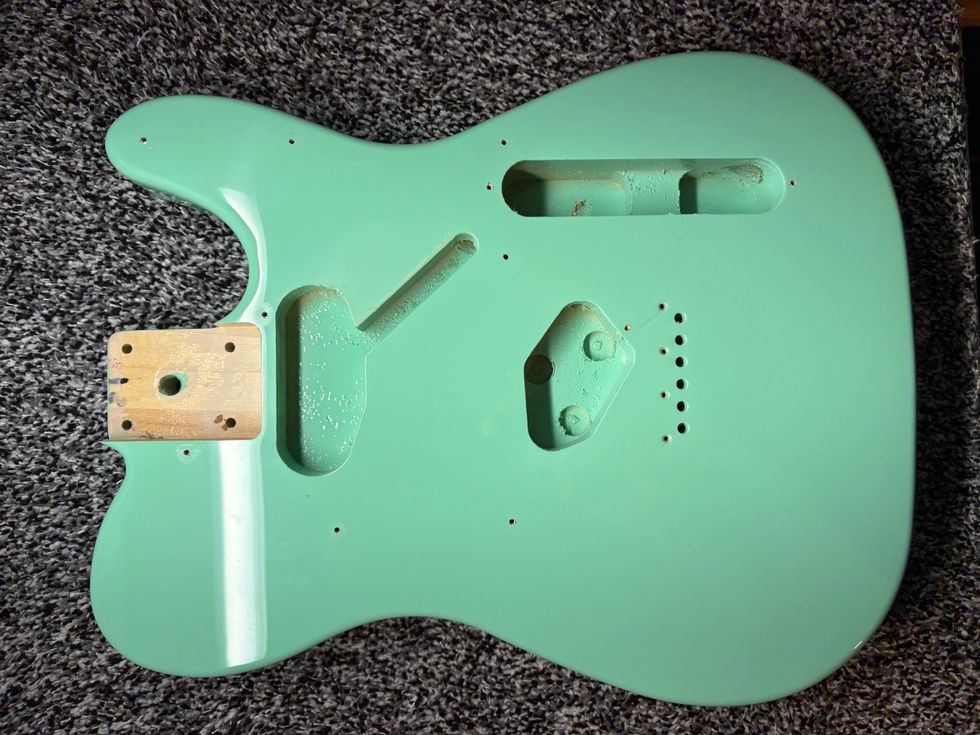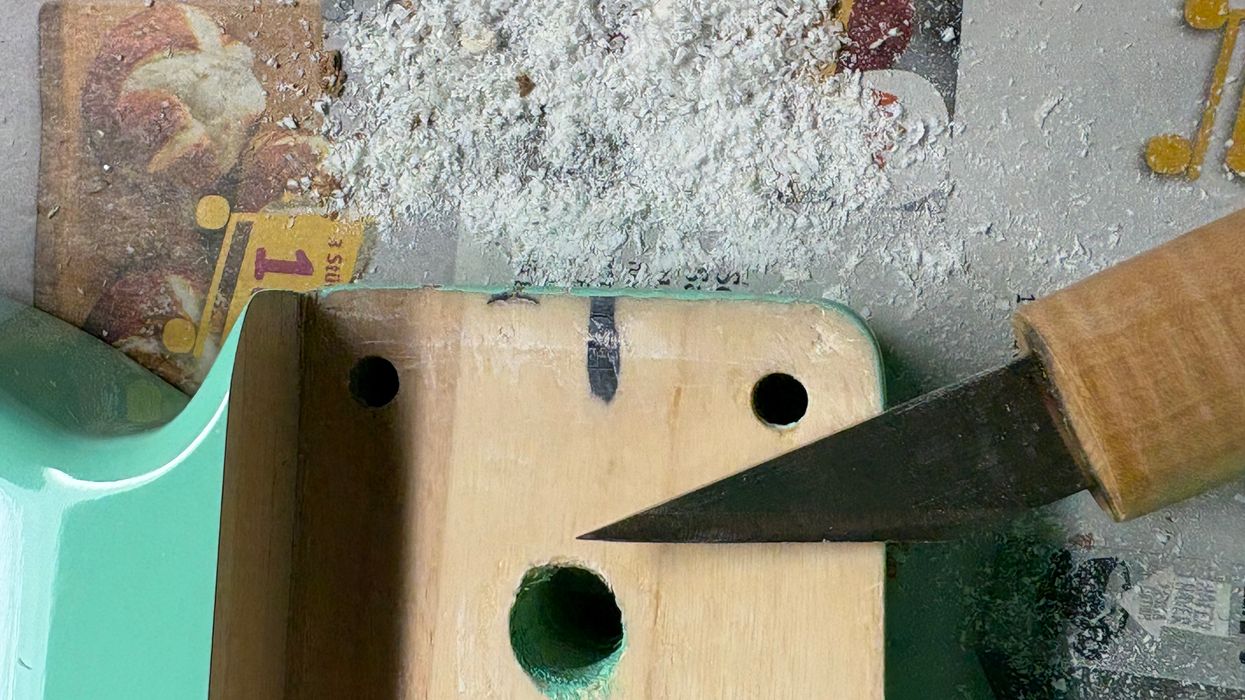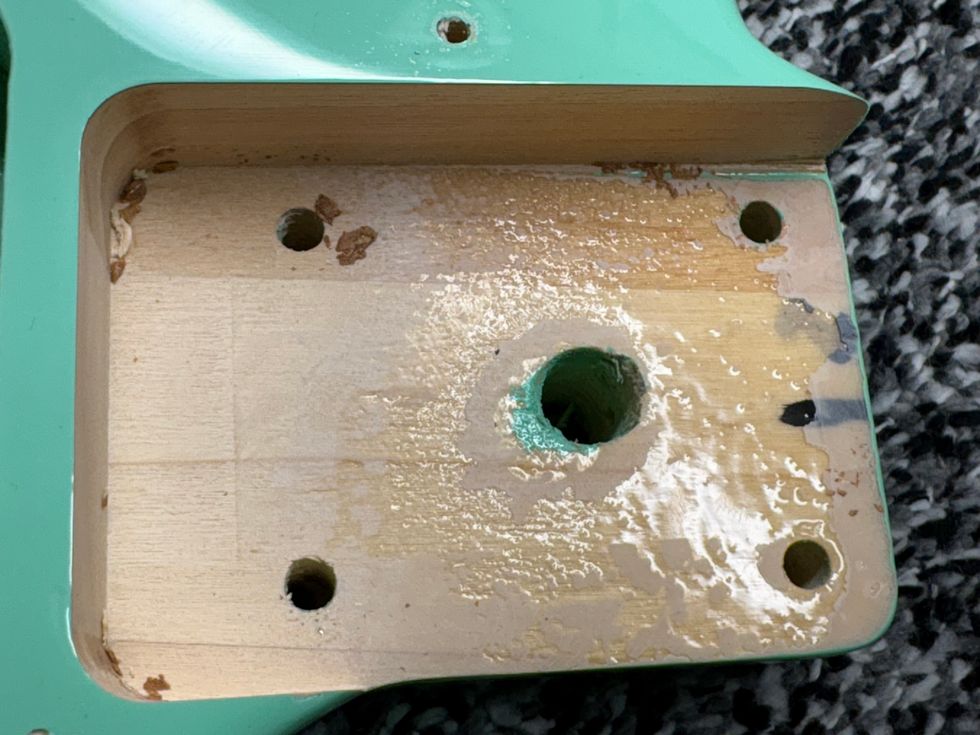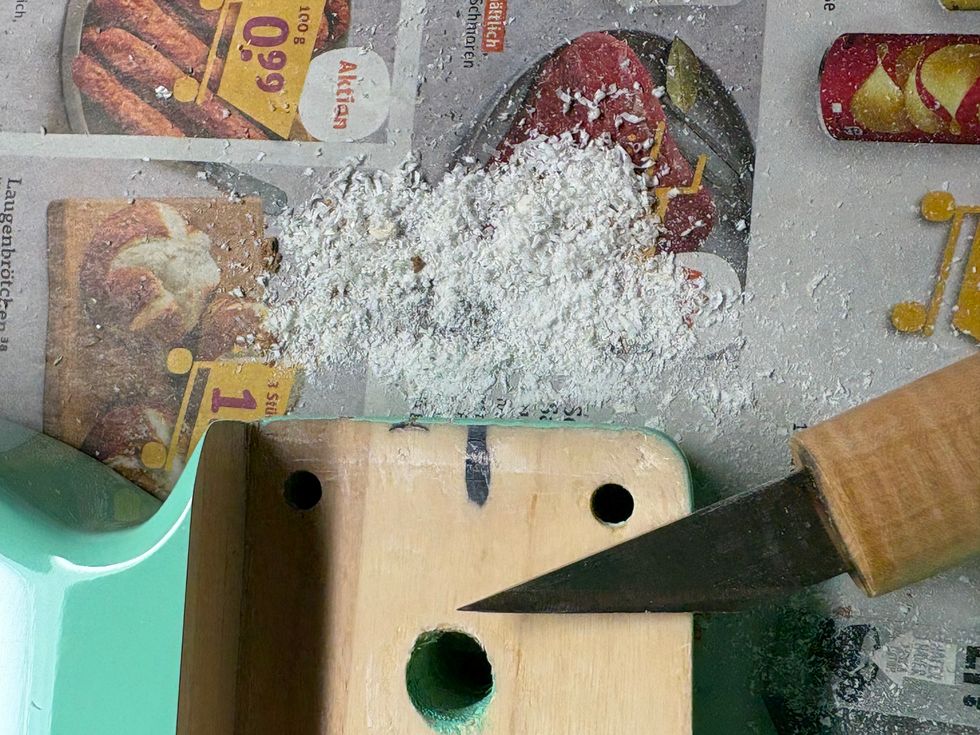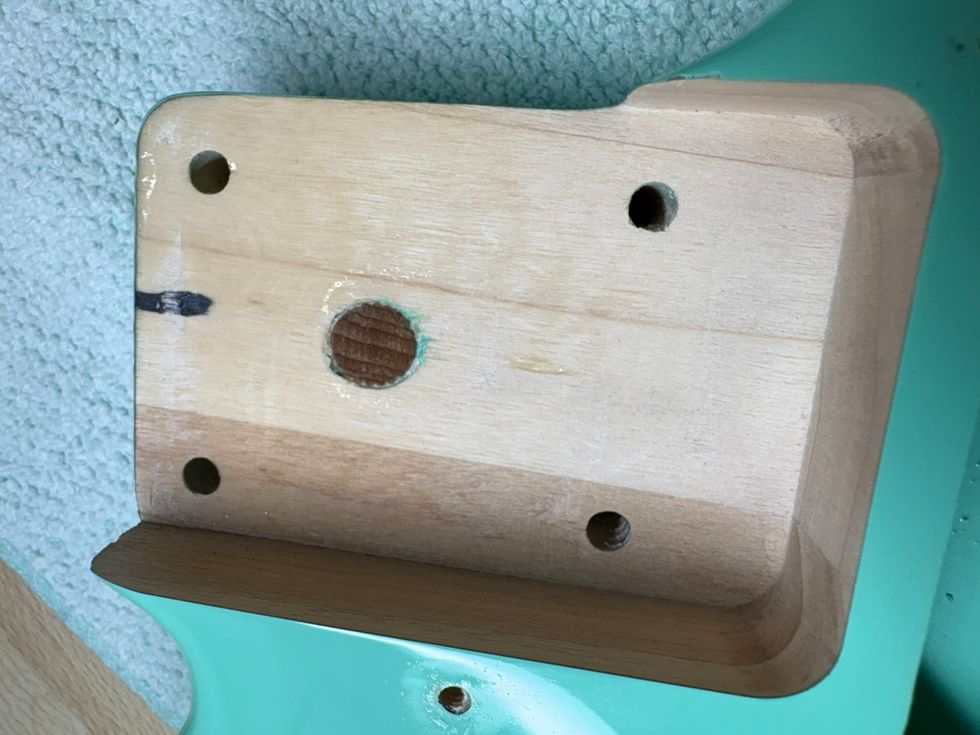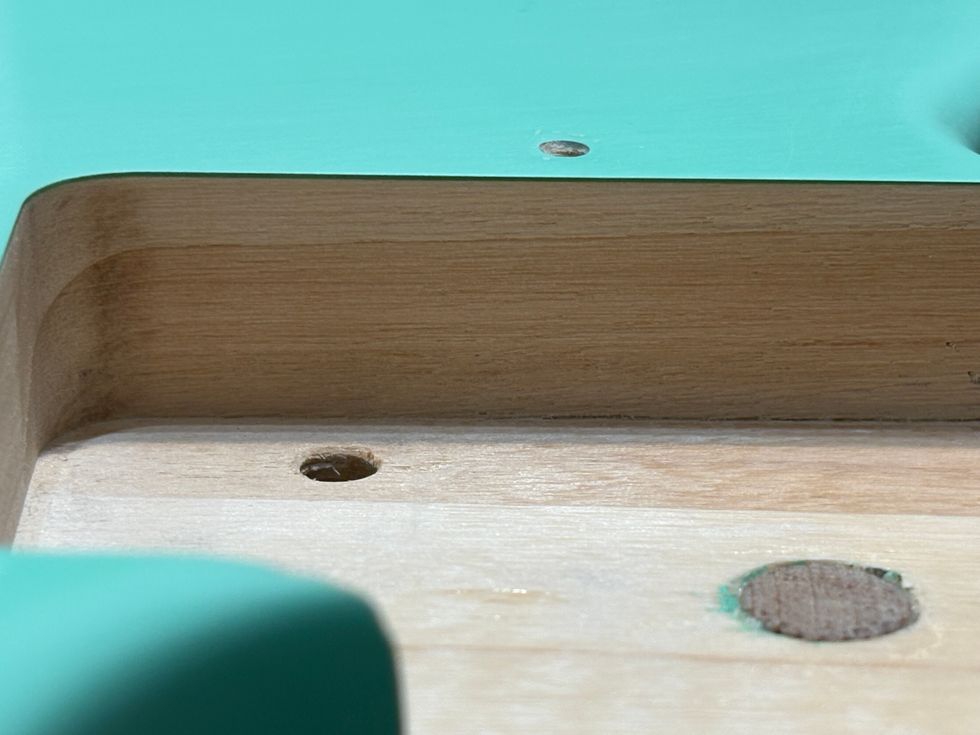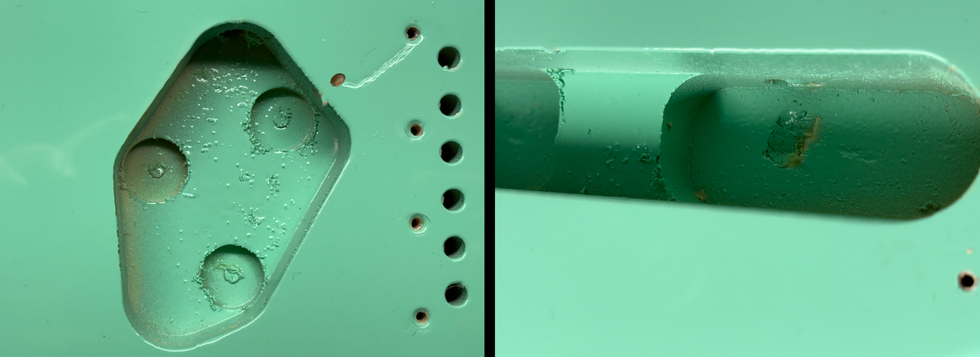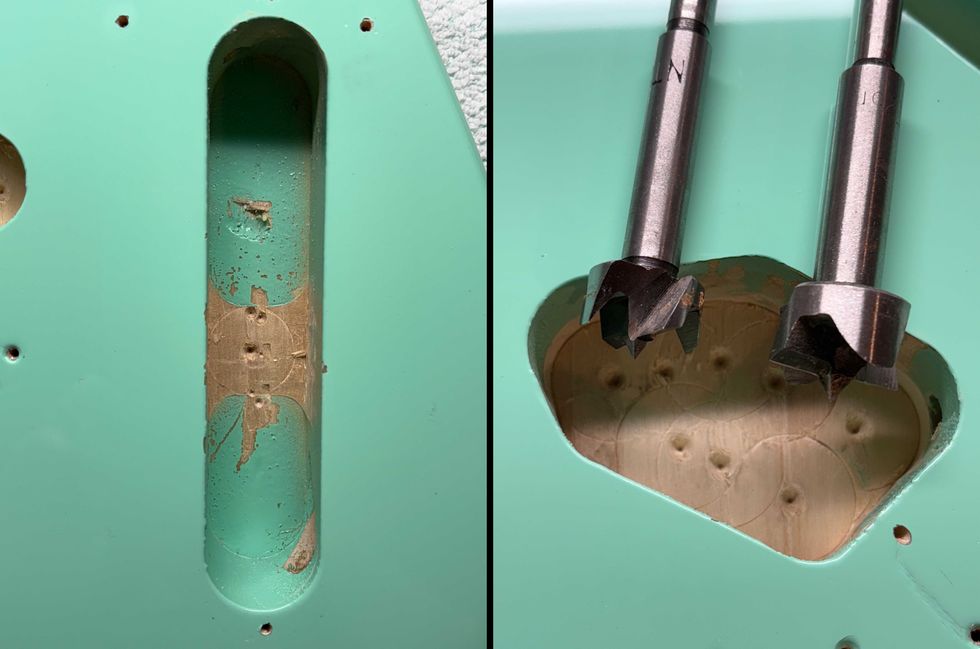I was talking with a friend the other day about a bass player he’d heard at a local gig. The bass solos were strong, with an impressive degree of technical ability and interesting ideas. Somehow, though, when a solo was done, the groove wasn’t there for the tune itself—and the display of chops continued.
“I don’t have any chops,” I jested. “Sure you do,” my friend replied. Truth is, I rarely solo at my blues gigs, and there is no way I could execute what that other guy could easily handle. I’ve settled into a background role that focuses on maintaining the groove, and rarely get into any busy stuff unless the song is building to a frenzy and I need to contribute to the pandemonium. Here are five things I keep in mind to maintain the groove, which can be adapted to your specific musical situation.
Lay the foundation.
I see my role as the foundational glue that holds the music together. This works in two ways. First, I play the chord roots to cue where we’re at, especially when moving from one chord to another or arriving at the top of a bar. When the others in your group hear the root on the downbeat, they’ll know where they are. Further, this kind of emphasis gives them confidence that you’re holding things together so they can add their piece of the magic.
The second element of bass-induced glue comes from how you indicate the beat. It’s nice if you want to take a more melodic approach to your music, but that leaves all the time-keeping duties to your drummer or other rhythm players. Take on a fair share of keeping the beat and you’ll make the work of your other players more fun.
What’s interesting is that when you see your work as foundational, you’ll get compliments from the others you’re playing with—compliments on what you aren’t doing! But if you’re light on the roots and weave your way around the rhythm, the others in your group will feel that something’s amiss, and the music won’t have the life it deserves. You know what they say: nobody really listens to the bass player. But when you’re doing your job, both musicians and audience will know that the groove is there.
Keep it simple.
This goes along with the foundation concept. Quite often, the best groove is the simplest. I’ve noticed this most when we’re recording. I’ll put together my part, record it, and it will feel good—almost like my fingers are dancing. Then I’ll hear it back and wonder what I’d been thinking. There was so much going on that the changes and beat have slipped into the background. Essentially, my contribution to the band’s effort has worked against the tune—undone by an attempt at chops. Of course, it’s also possible to over-correct and make the line too simple; the song loses energy when not enough is going on.
Lock with the drummer.
Another part of keeping the groove is watching what your drummer is doing. Sometimes working with the drummer’s line is intuitive, but try to mentally move the drum parts forward in your ears. What’s the kick drum doing? The snare? The high-hat? Those are the parts of the drum kit that signal the groove.
There’s a second part of locking with the drummer—where you place your notes in relation to the beat. By this I mean, are you square on the beat? Pushing it ahead on the front edge of the beat? Sitting back a bit? All of these beat “places” affect the groove of the song. At a jam session a few months back, I started out playing square on the beat, but felt my part was dragging down the groove. Soon, I was pushing the beat just a hair and the music came to life. I need to emphasize, though, that this idea refers to note placement around a steady beat, which is different than rushing or dragging that speeds up or slows down a song.
Keep chops out of the groove.
It’s tempting to drop in some chops-type licks as a tune unfolds. But when you do, the beat sometimes goes all to hell. I once played with a drummer who could get a nice groove going—and then he’d drop in this dreaded fill that made everything start to fall apart. A guitar player and I began calling it the “Punxsutawney Fill,” in jest of the groundhog that tells us if more winter is coming. I’m not urging you to avoid variety in your lines; that would probably be just as bad. Instead, I’m saying if you add some variety through chops, go easy and try to avoid having licks become disruptive.
But sometimes, chops are okay…
It’s okay to flaunt your chops on occasion. If you’re lucky enough to have the talent, the coordination, the musical instincts and the work ethic to pull it off, make your playing shine in a showcase song or two. Other than for Jaco and a couple of other big names, the audience won’t be sitting on the edge of their seats waiting for your bass solo. If you’ve worked something out that’s interesting and can execute it reliably, talk with your bandmates about fitting your chops stuff into the show.
Looking ahead, take the opportunity to listen and learn from other bassists who play your style of music. When do they hold the groove? When do they work in something that shows off their chops? Does their use of fancy licks add to the overall musical energy, or is that when the band has to regroup and regain the groove after beginning to run off the edge of the road?
Dan Berkowitz
Dan is a professor by day and a bass player when the sun goes down. He plays both electric and upright bass in blues, jazz and pit settings. He can be reached with questions or comments at: profdanb@gmail.com
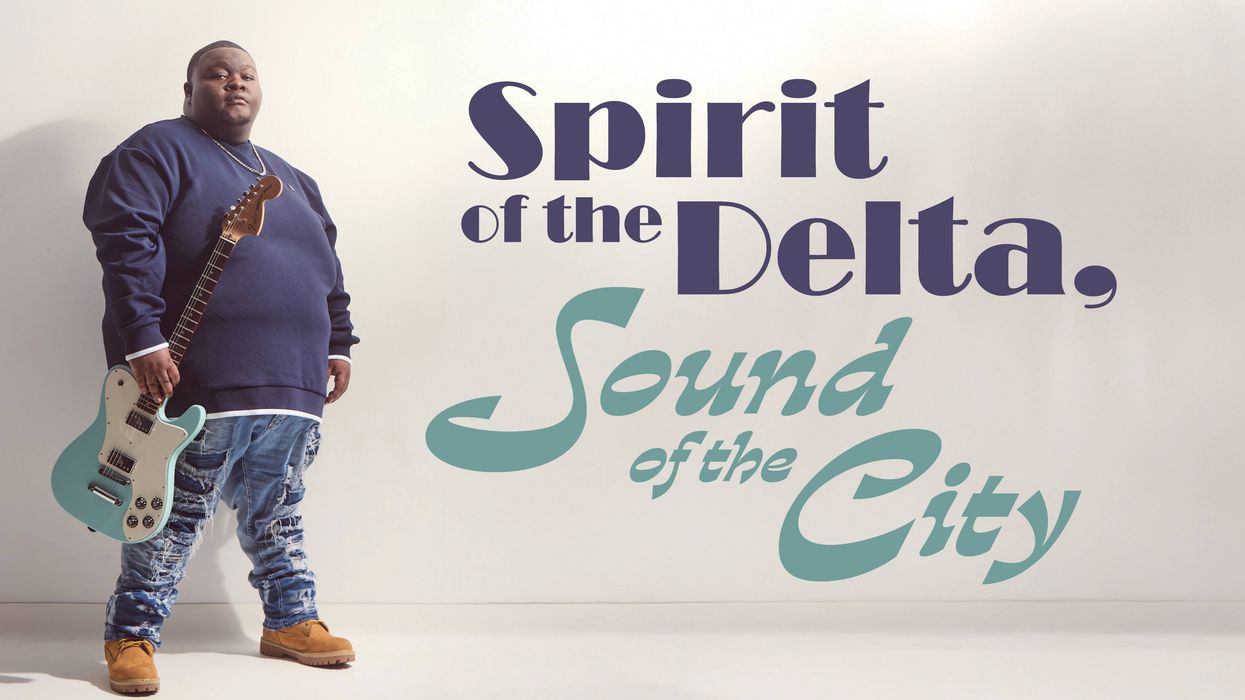

![Rig Rundown: AFI [2025]](https://www.premierguitar.com/media-library/youtube.jpg?id=62064741&width=1245&height=700&quality=70&coordinates=0%2C0%2C0%2C0)
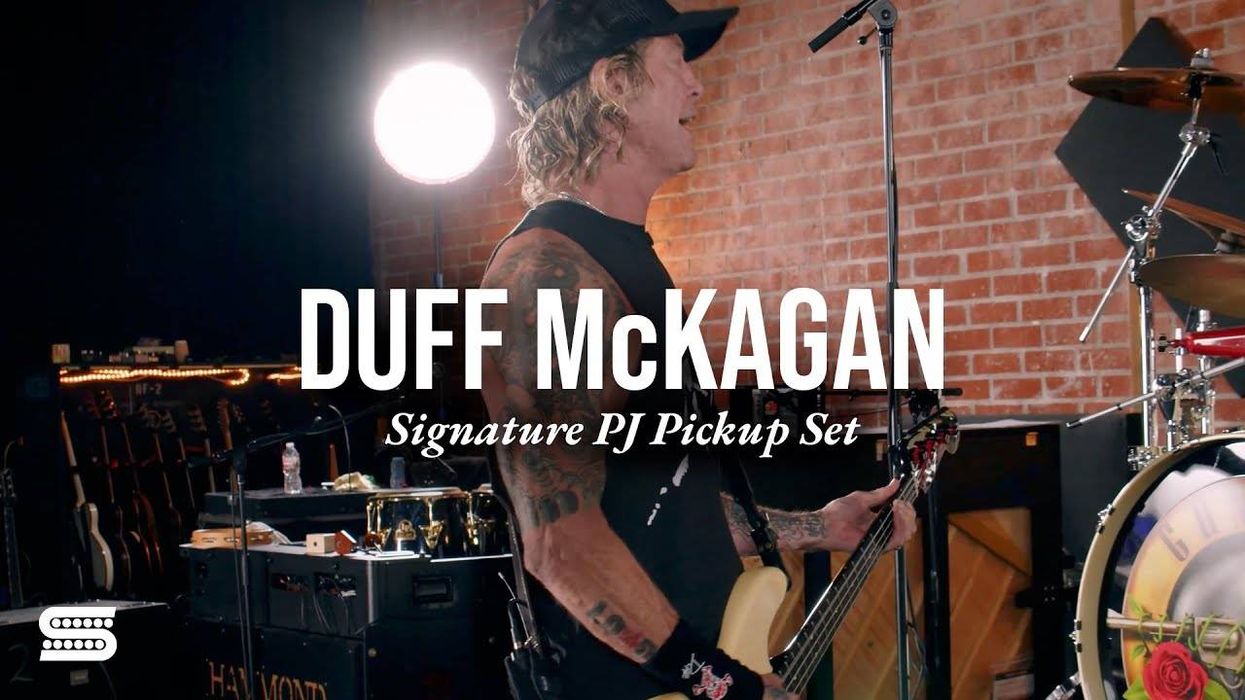






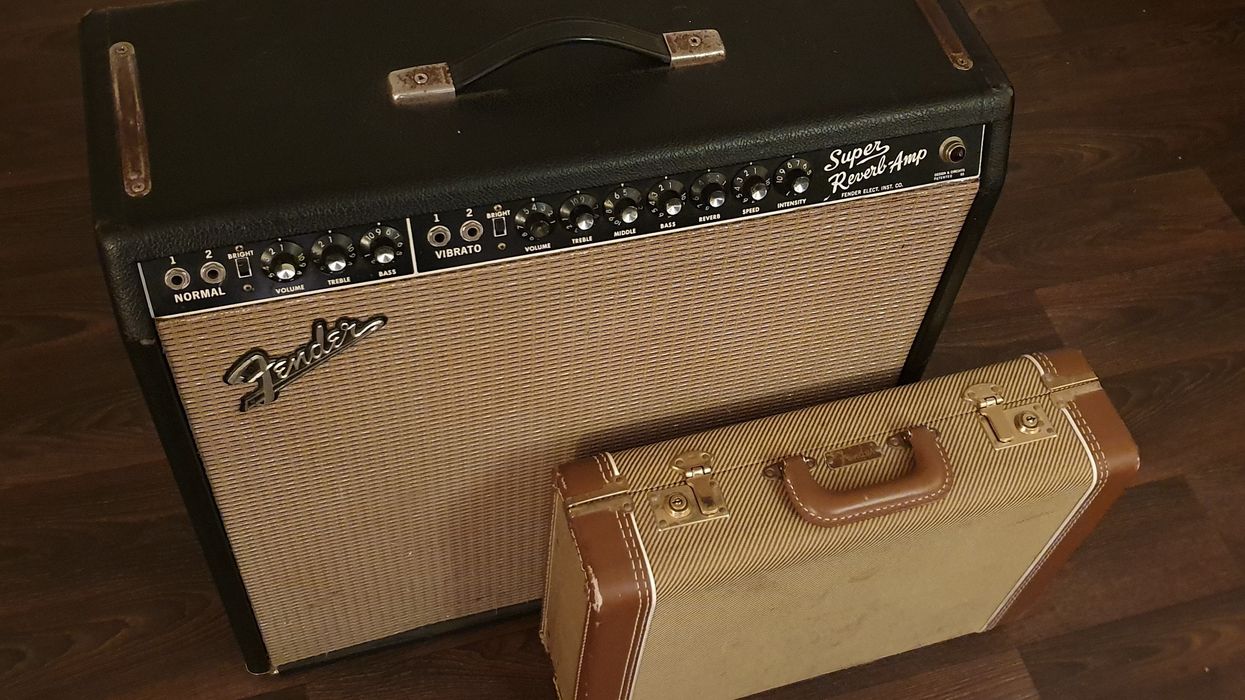
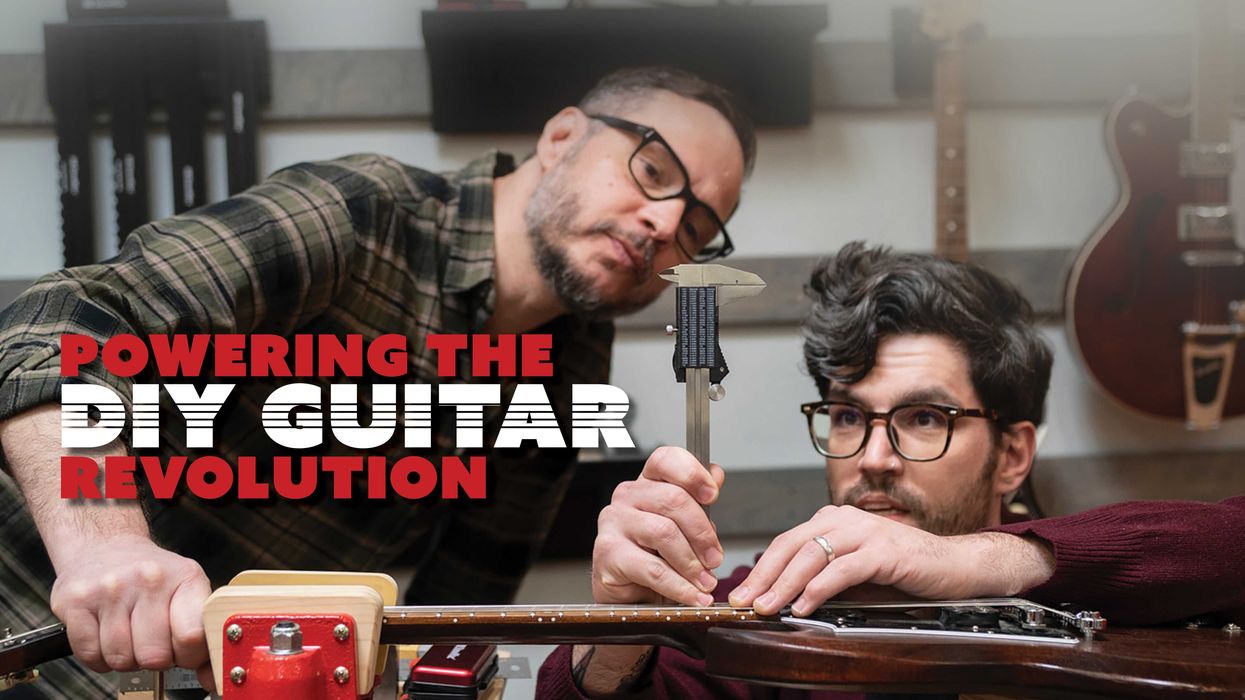
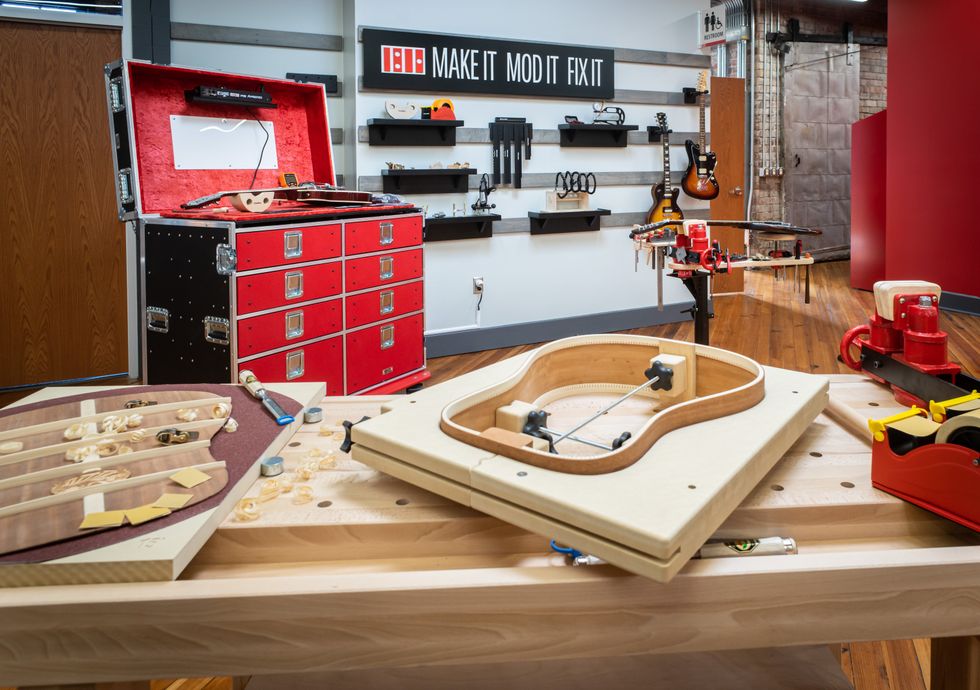

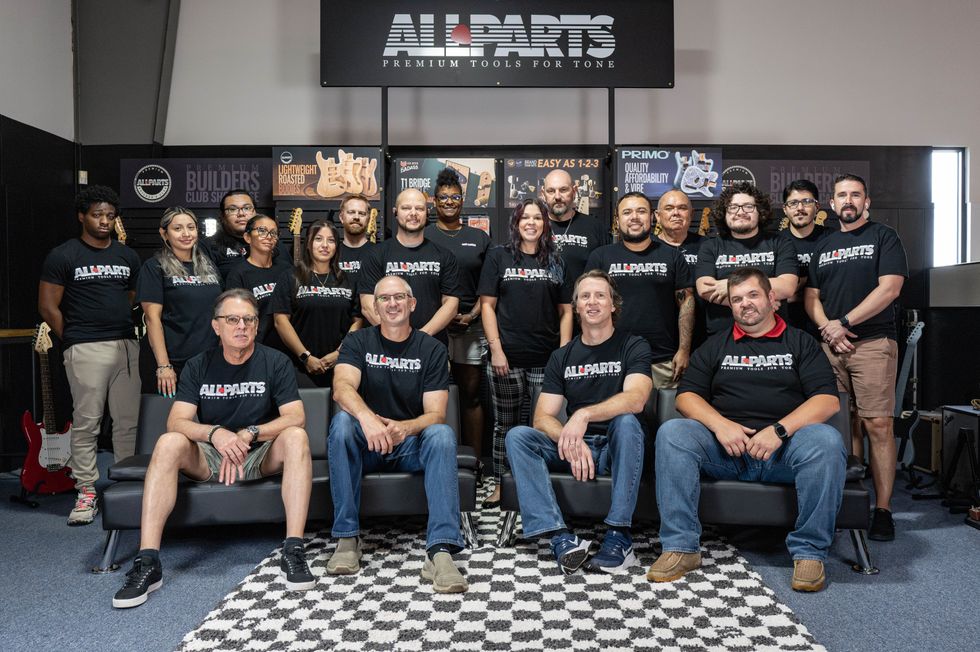 The Allparts team at their Houston warehouse, with Dean Herman in the front row, second from right.Photo by Enrique Rodriguez
The Allparts team at their Houston warehouse, with Dean Herman in the front row, second from right.Photo by Enrique Rodriguez